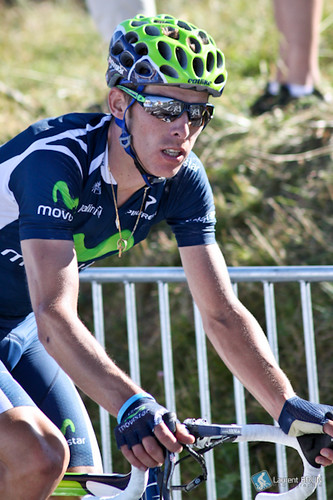To celebrate Rui Costa's win in the World Championship, we offer the following tribute.
Fellow Brothers and Sisters in Campagnolo, let us pray.
Dear Santo Tullio, since 2009 when Cuddles Evans won the World Championship thanks to his seamless multi-gear shifting up the final hill in Mendrisio, Swizzera, our faith surely has been tested. His win in the 2010 Giro d'Italia's muddy epic stage notwithstanding, was followed by the Great Twin Betrayals of BMC and QuickStep as they switched away from Campagnolo.
We thank You for rewarding our faith last Sunday with the World Championship win of Rui Costa, of the Most Campagnolo Team of Movistar -- formerly known as Caisse d'Epargne, formerly known as Banesto, formerly known as Reynolds.
Please guide your Apostle / Team Manager / Directeur Sportif Eusebio Unzué, who has guided Delgado, Indurain, Jiménez, Rodriguez, and Valverde, as he seeks to find new sponsorship for his team. May Unzué continue to be faithful to the One True Groupset.
In the name of Santo Tullio, and His Son Eddy Merckx, and the Holy Delta Brakes we pray, Amen.
 |
| Photo by Petit Brun shared under by-nc-sa 2.0. |
.jpg)



